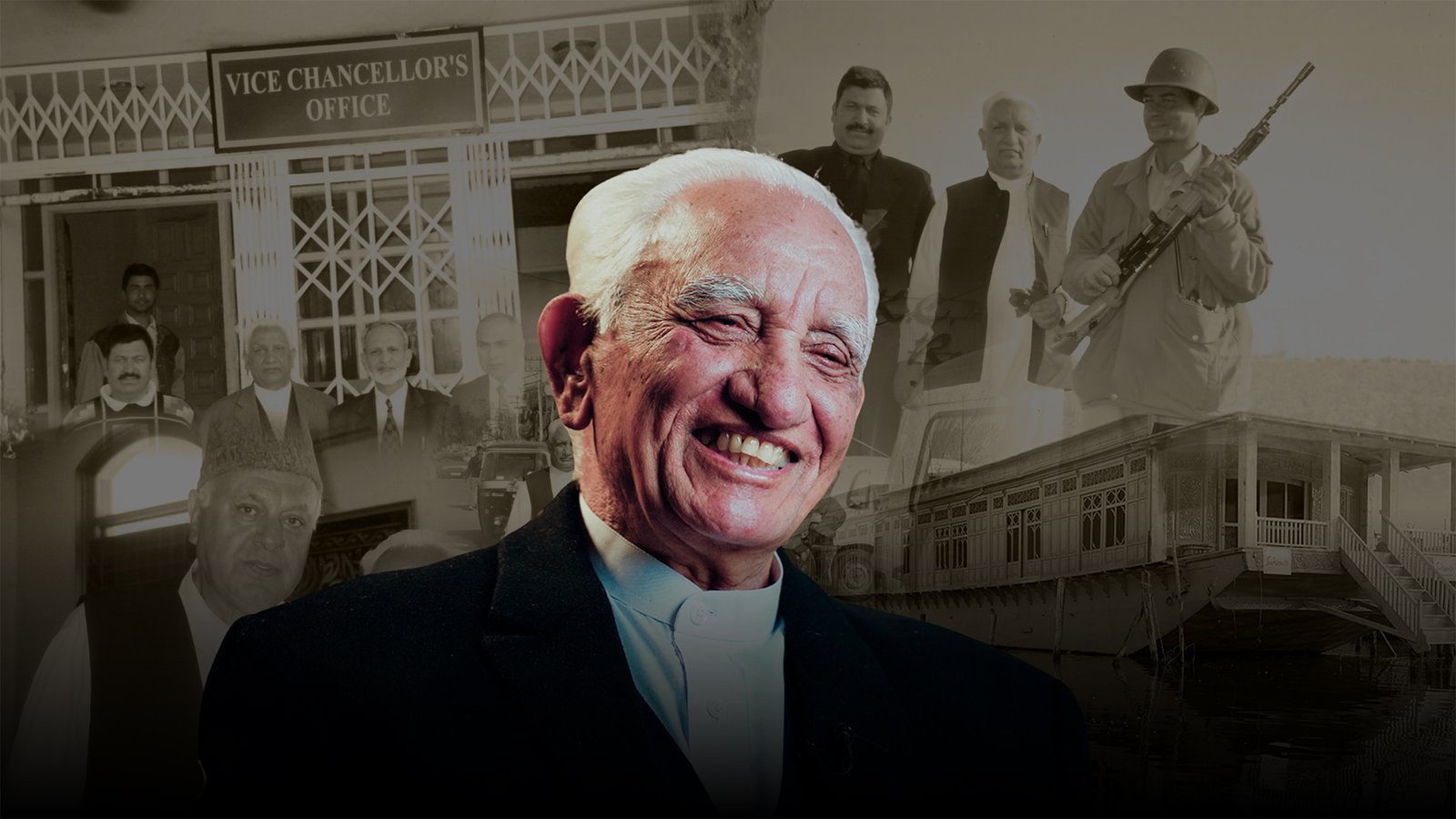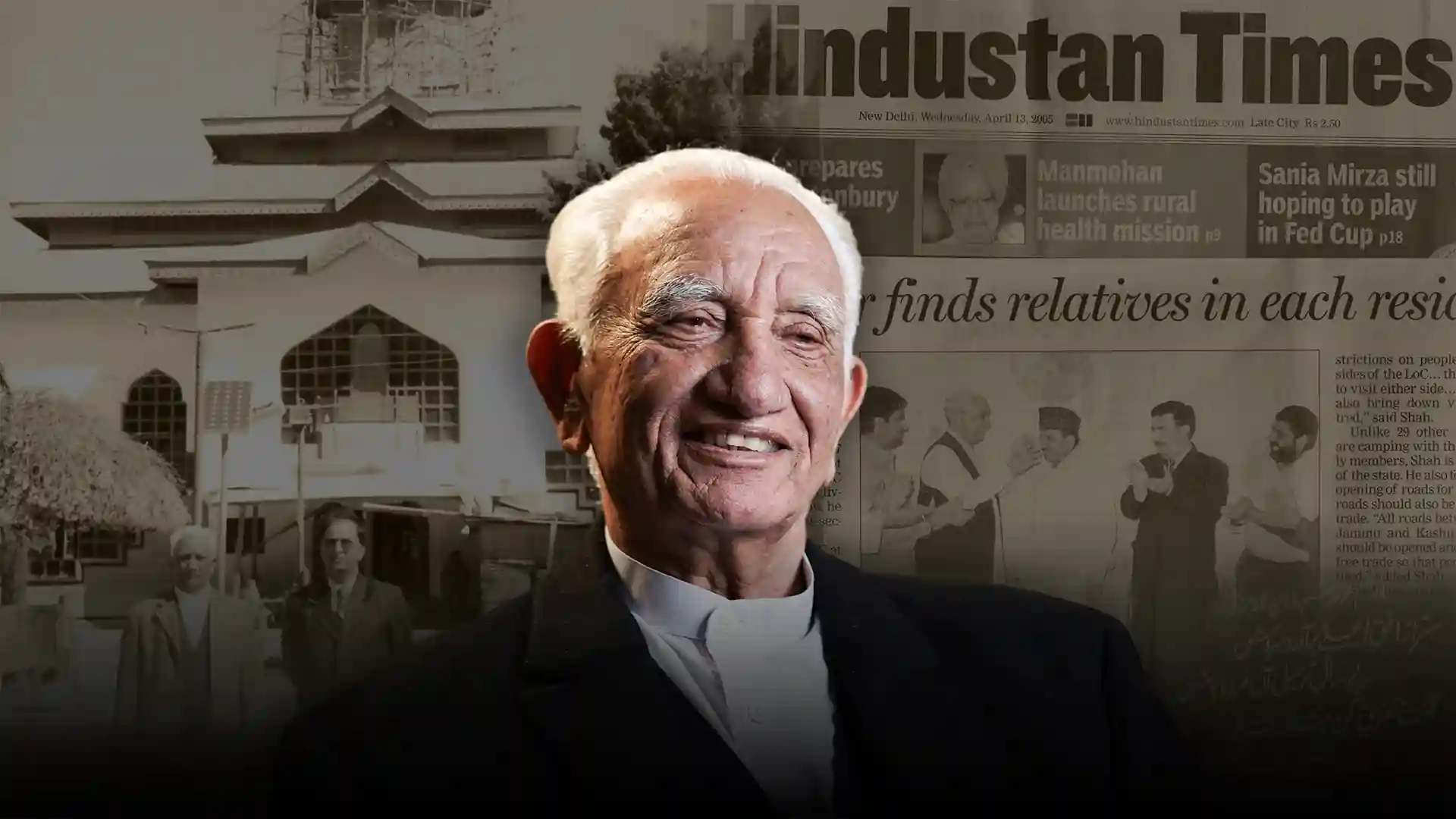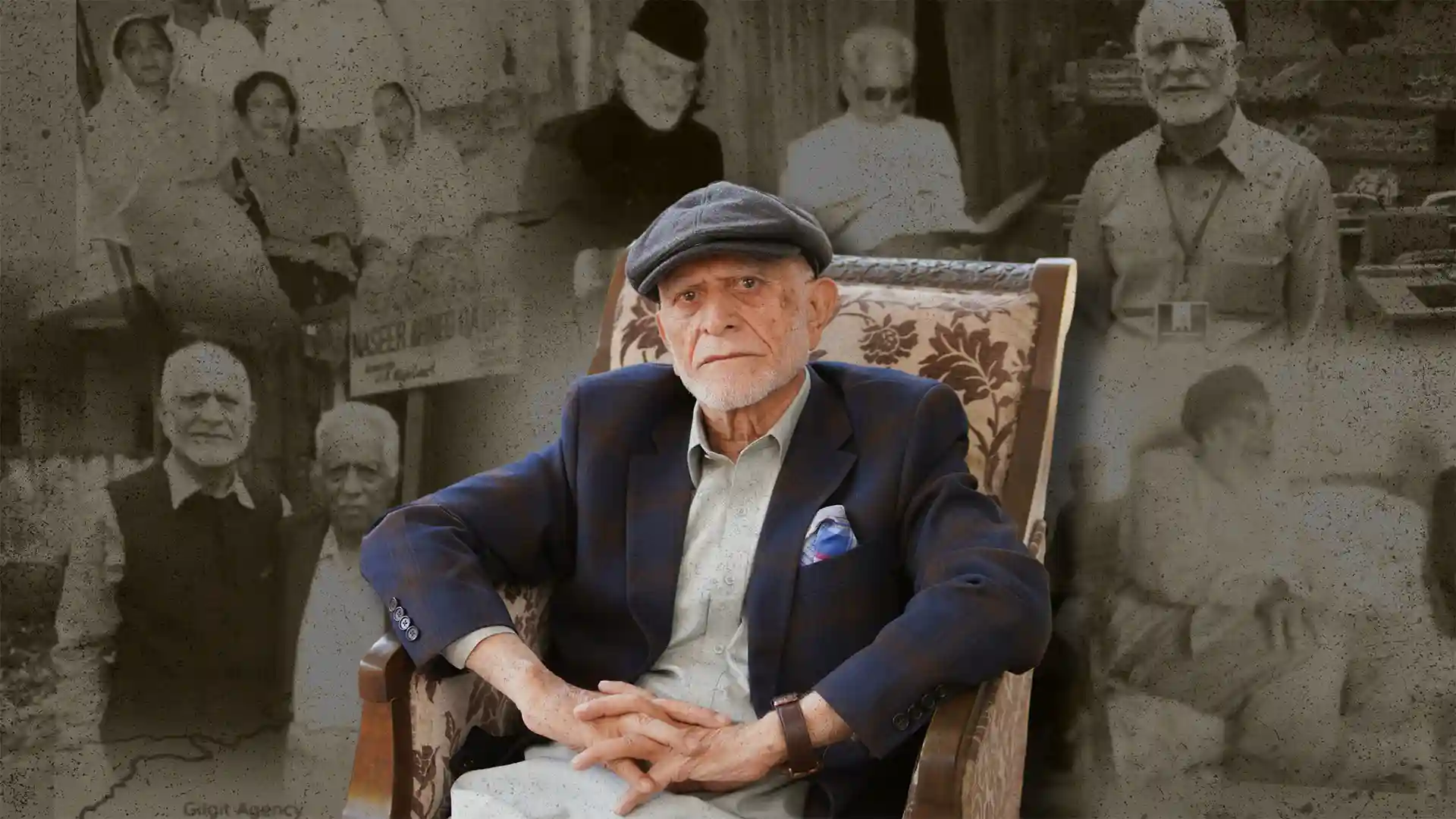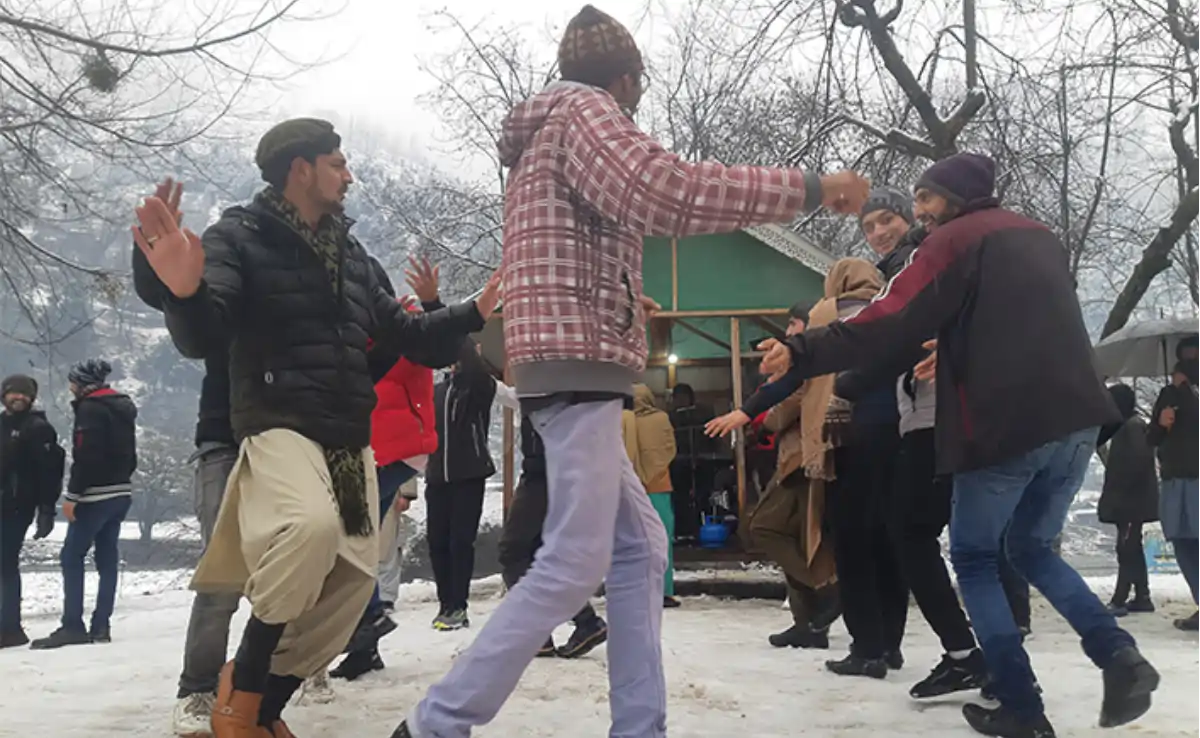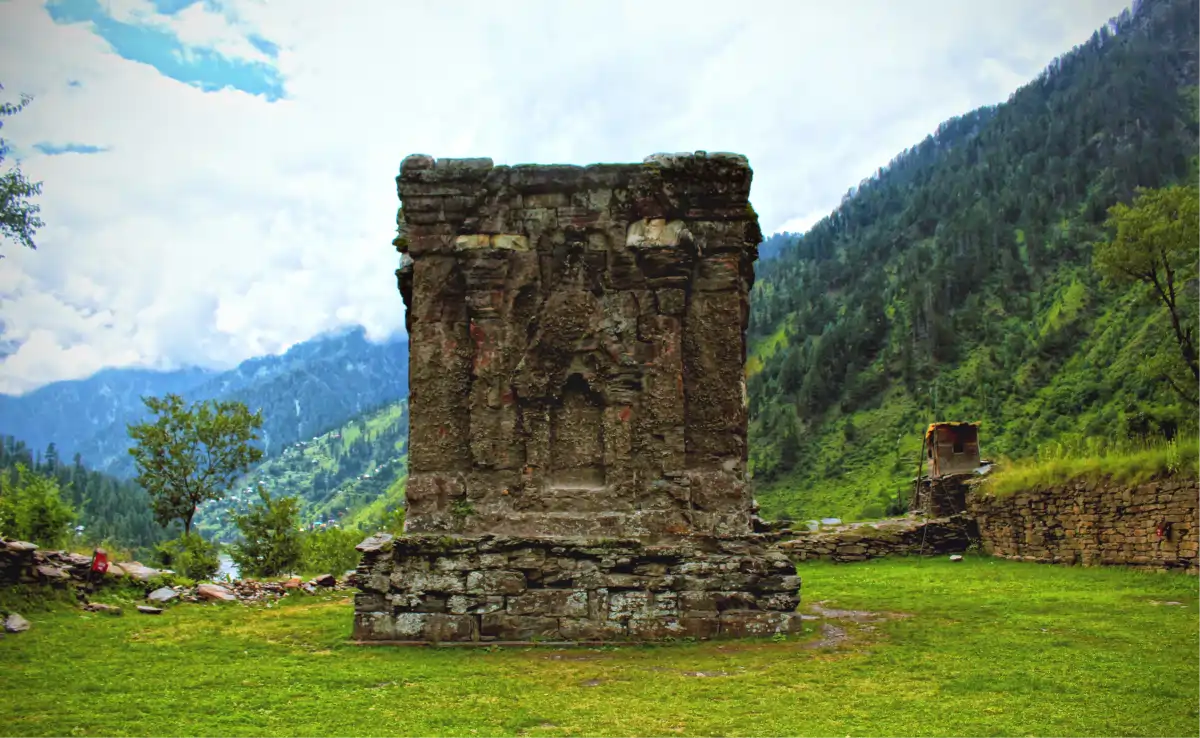
Dresses of Kashmir: Cultural of Tradition and Style
Kashmir, often known as “Paradise on Earth,” is a land where beauty is not just seen, but also felt in every thread of its clothing. The diverse communities across Kashmir,
Kashmir, often known as “Paradise on Earth,” is a land where beauty is not just seen, but also felt in every thread of its clothing. The diverse communities across Kashmir, especially in Azad Jammu and Kashmir (AJK), weave a rich cultural tapestry reflected in their traditional attire. From the nomadic Gujjars to the resilient Paharis and the artistic Kashmiri locals, the Dresses of Kashmir they wear tell stories of their history, climate, and unique way of life.
Dresses of Kashmir: The Varied Attire of Kashmir’s Communities
The fashion across Kashmir ties deeply to culture and climate in the Dresses of Kashmir. Each community—be it the Gujjar, Pahari, or Kashmiri people—has distinct clothing traditions that have evolved over centuries. These garments serve not just as protection from the cold, but as symbols of heritage, reflecting personal and communal identity.
Gujjar Attire: Practical and Vibrant
The Gujjars, traditionally a pastoral and nomadic community, design their clothing for functionality. Living in both the plains and the mountains, they create attire that offers comfort and flexibility.
- Men’s Clothing: Gujjar men typically wear a long, loose-fitting kurta made of wool or coarse cotton, ideal for the changing seasons. Their trousers, called shalwar, are roomy for ease of movement. During the hot months, they may swap to a lungi, a cloth wrapped around the waist. As the cold sets in, a woolen pashmina shawl often drapes their shoulders. Men complete the look with turbans or simple cloth headscarves to shield themselves from the sun and wind.
- Women’s Clothing: The vibrant attire of Gujjar ladies reflects their social extravagance. They wear long kameez (tunics) and shalwar (pants), frequently joined by brilliantly shaded cloaks or dupatta (headscarves). Huge studs, nose rings, and different bits of adornment connote status and magnificence inside the local area. These embellishments are gone down through ages, adding a layer of individual and social history.
- Children’s Clothing: Young ones often wear simpler versions of adult clothing. Girls may sport dresses or frocks, while boys wear smaller versions of the kurta and pants.
Pahari Clothing: Rugged Yet Elegant
The Pahari people, who inhabit the hilly, mountainous regions of Kashmir, require clothing that is both practical and protective. The mountainous terrain and harsh winters demand attire suited for resilience.

- Men’s Clothing: People often see Pahari men in heavy woolen Pahari jackets, which are essential for warmth. They wear kurta (long shirts) and shalwar (baggy trousers) underneath. Pahari men also wear topis (caps) and sometimes drape chadar (shawls) to stay warm during the chilling winds.
- Women’s Clothing: Women from the Pahari community dress in long shirts adorned with bright geometric patterns, paired with loose trousers or shalwar. Their attire is often accompanied by intricate jewelry, such as jhumkas (earrings), nath (nose rings), and maang tikka (forehead jewelry), which enhance their look during festivals or weddings.
- Children’s Clothing: Just like the adults, children wear similar clothing, including a kurta and shalwar for boys, and colorful long dresses for girls, perfect for the cold mountainous climate.
Dresses of Kashmir: Traditional Yet Timeless
Dresses of Kashmir attire is perhaps the most renowned and celebrated across the world. Known for its fine craftsmanship, the clothing reflects the region’s long history, artistry, and the harsh weather of the Valley.
- Men’s Clothing: The quintessential Kashmiri garment for men is the phiran, a long, loose gown made from wool or cotton. The phiran suits Kashmir’s cold climate, and men usually pair it with pajamas (loose trousers) or shalwar. Many men also wear a kulah (cap) or pagri (turban) as a sign of respect, especially during social and religious gatherings.
- Women’s Clothing: Kashmiri women adorn their phirans with delicate embroidery known as Kashida. Women’s phirans are more colorful and embellished, reflecting Kashmir’s artistic culture. Women pair them with a shalwar and an embroidered dupatta, creating a symbol of elegance. No Kashmiri woman’s outfit is complete without a taranga, a woolen shawl, often made of the finest pashmina, worn to provide warmth during the cold winters.
- Children’s Clothing: Kashmiri children wear similar styles, though with simpler cuts. Boys may wear smaller versions of the phiran, and girls wear colorful dresses that showcase the same intricate embroidery found in their elders’ clothing. Woolen clothes are a necessity for children, especially during the freezing winters of the Kashmir Valley.
Dresses of Kashmir: The Role of Jewelry and Accessories
In addition to clothing, traditional jewelry plays a key role in the attire of Kashmiri people. People wear jewelry not just for decoration—it serves as a vital cultural element, signifying social status, beauty, and personal wealth.

- Jewelry: The Gujjar and Pahari communities emphasize large earrings, nose rings, and arm bangles. These pieces of jewelry are not just for adornment but symbolize a woman’s beauty and her place within the community. In Kashmiri society, people prize silver and gold jewelry, such as jhumkas, nath, and bajuband (armbands). Some pieces are heirlooms, passed down through generations, each carrying its own stories and significance.
- Shawls and Stoles: The Kashmiri pashmina shawl is not just an item of clothing but a symbol of status and artistry. Known globally for its softness and warmth, it is woven from the wool of the pashmina goat. During winter, both Kashmiri men and women wrap themselves in these beautiful shawls, which may also be intricately embroidered, making them prized possessions.
- Headwear: Head coverings are a common feature across all communities in Kashmir. Men often wear the kulah or pagri, a woolen cap, or a turban. People wear these headpieces not just for practicality but as a mark of respect, especially during religious or social ceremonies. Women, too, adorn themselves with dupatta or headscarves for modesty and protection from the cold winds.
Dresses of Kashmir: The Influence of Climate
Kashmir’s climate, ranging from chilly winters to mild summers, greatly influences the region’s clothing. The long, snowy winters demand warm, durable clothing made from materials like wool, pashmina, and cotton. People not only use these fabrics for practicality but also intertwine them with the cultural identity of the region.
- Woolen Garments: Wool is the primary fabric used by all communities in Kashmir. The cold, mountainous winters make woolen attire a necessity. Whether it’s the phiran or the Khus jacket, wool plays a key role in the survival of these communities. People worldwide renown the quality of Kashmiri pashmina, and they prize the shawls and garments made from it as prized possessions.
- Adaptability to Seasons: While wool and pashmina are the go-to fabrics for winter, summer sees a shift to lighter cotton and silk garments. However, even in summer, the vibrant colors and patterns of the clothes reflect the culture and artistic legacy of Kashmir.
A Rich Tapestry of Tradition and Culture
The Dresses of Kashmir are much more than just clothing—they are an embodiment of the region’s rich history, climate, and cultural diversity. From the colorful and practical clothing of the Gujjars to the rugged attire of the Pahari people, and the intricately designed phirans of the Kashmiris, each garment carries a story.
Kashmir’s diverse attire tells the tale of its people’s resilience, creativity, and the intertwining of their lives with the natural environment. As Kashmir continues to attract visitors from around the world, its clothing stands as a testament to its enduring cultural heritage—ready to inspire admiration from all who encounter it.
For those looking to explore the stunning landscapes and vibrant cultures of Azad Jammu and Kashmir, understanding the significance of traditional Kashmiri attire is just one of many ways to experience the region’s deep cultural roots.


